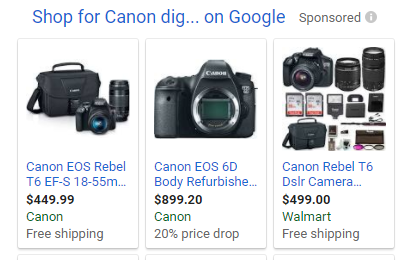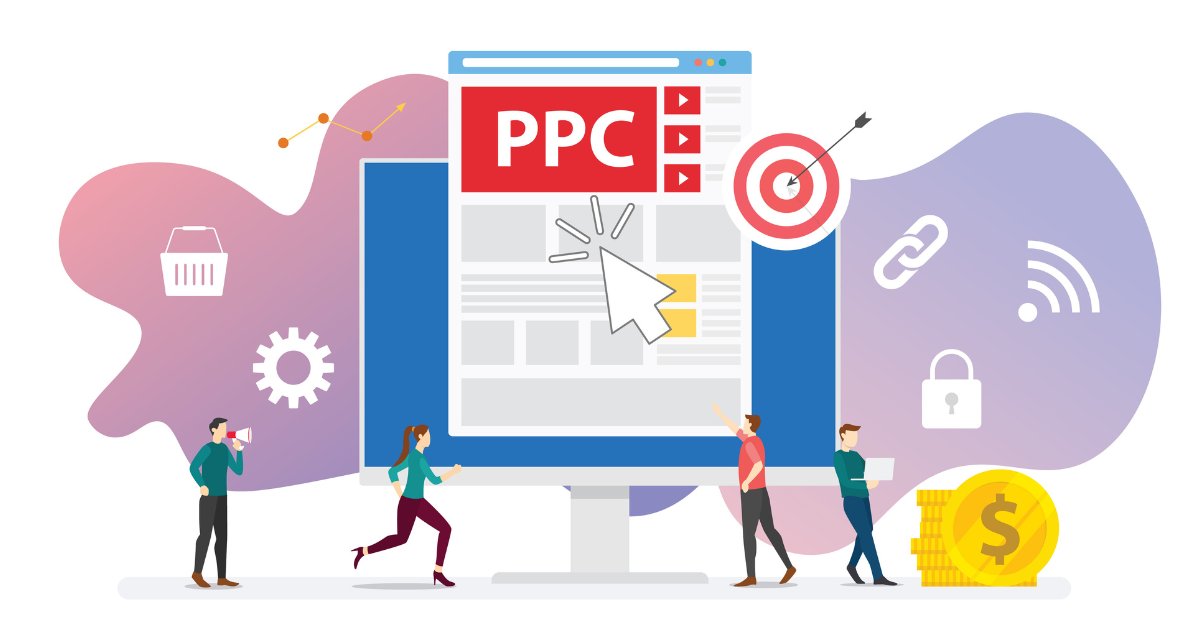Wondering how to optimize your Google Merchant Center Shopping Feed? As we move into a new year, most businesses are currently going over end of year reporting and planning Paid Search budgets for 2018. This is the boring stuff the VPs are sifting through while the fun is just beginning for your resident Google PPC Geeks who love presenting the facts and building out improvements to their Google Product Listing Ads. If you manage a Google Shopping Feed and utilize programs like BigCommerce, Magento, Shopify and a dozen other CMS tools, this article is for you!
I’ve been managing Google Shopping Feeds for many years now, and it surprised me how lucrative this channel can be for merchants who continually optimize their product feeds on a weekly basis. In some cases, I’ve seen a better cost per click and better conversion rate versus regular Google ads, which we’ll touch on in a minute. Shopping ads continue to be a great way for retailers to get more visits from interested buyers, and it’s never too late to start using some of these techniques to boost your sales this holiday season.
As you start to plan for 2018, I’ve pulled together the top ways you can optimize your Google Merchant Center Shopping Feed for best results.

Write Compelling Product Titles and Descriptions
Title Tags on Google product feeds are one of the most important ranking factors in Paid Search. Google’s goal is to serve relevant ads based on the users search query. Product title optimization ultimately can increase your impressions and help grow shopping revenue. If you perform Google Keyword research as you write your titles and descriptions, this will go a long way to capture your target audience based on what they search for, and ensure your product is served up with maximum impressions for keyword opportunities you didn’t think about before. If you are a major parts seller around the world, for example, you could “test” the description by adding a part number at the end of the product description.
Establish Communication with All Teams at Your Company
Yup, I went there…get all parties involved to optimize the product feed and ensure the feed doesn’t break due to price change or inventory out of stock! Befriend the inventory manager as you check the feed daily. In many cases, the feed will be dynamically integrated into your ecommerce system, but I still see a lot of manual uploads, and that’s where things can get hairy. The feed must match your ecommerce website products one to one. If not, Google will detect errors or price discrepancies, and not serve impressions to these products if they are flagged. Lastly, your sales department may just give you that competitive advantage to put your company over the top. Always talk to Sales to learn what others are thinking and saying about products, and your team may learn about niche products you should promote in the future through the feed. If you befriend all these departments, your entire company wins as you utilize this information to optimize product pages and FAQ sections on the main website to improve conversions in other areas.
From Data to Decisions
Remember, you are not creating a master keyword list for a Merchant Center Account like you do for traditional PPC ad groups, but you do need to integrate top keywords in your product title and descriptions so Google will serve the ad to as many people as possible. I’m repeating myself because I feel like many people in our line of work gets lazy if the product feed runs 10k+ products deep. Make some time every month to focus on different categories as you increase impressions and conversion rates across products. Your site (and your products) connect with user search queries like they always did, but the mechanism for that connection is different. Focus on your product data.
In addition, I can’t stress how important it is to upload a clean feed the first time within character limitations baked in. Properly sort your products using a logical progression of descriptors such as the following format. Label your CSV column headers similar to this chart below, and you will get started on the right journey as an ambassador of your Merchant account.
| Product Data Specifications | |
|---|---|
| · Product ID
· Title · Description · Color · Size · Condition · Price · Brand |
· Availability
· Product Link · Image Link · Intended gender (if any) · Category · GTIN (Global Trade Item Number) or / MPN (manufacturers product number)
|
The best feed management solution is to continue optimizing your feed over time. They complement your keyword-optimized product titles and descriptions by:
- Keeping your feed complete, ensuring no data is missing
- Testing different creative treatments and labels
- Testing different pricing formats, including bulk pricing vs. individual item pricing
Don’t Sell Yourself Short
Some clients like to only upload their top products, but you would be surprised how well other products may perform…you won’t know until they’ve been promoted online through the Google Product Feed. SUBMIT YOUR ENTIRE INVENTORY as long as it matches the format Google requires for product feeds. I’ve seen smaller value ad products outperform larger revenue products because people tend to buy some of those smaller revenue products in bulk, making your return on ad spend (ROAS) better. Worst case scenario, you can always pause individual products that aren’t performing well.
Maximize Ecommerce Reporting
Reporting on overall revenue and revenue by channel is among the most essential data for an ecommerce company to grow its business. Google Analytics has a powerful revenue-reporting suite called “Enhanced Ecommerce.” I like to compare year-over-year data as I optimize product feeds. We review things like:
- Add to cart abandonment
- Conversion by traffic source
- Conversion by traffic type
- Conversion by new vs. used customer
- Conversion by product along with revenue received
- Cost per acquisition
- Funnel abandonment
- Average order value
- Lifetime value of the customer (bonus if your system is good!)
Putting this reporting together on a regular basis (at least monthly) is the secret to running an awesome data-driven e-commerce business as you run an optimal Google Shopping Feed. That is, one in which campaigns are launched, managed, and refined with a purpose, and not associated with Gut Marketing. ?
Staying in tune with that data and at any time, at a glance, you’ll be able to pinpoint areas that require immediate attention and a change in strategy to see your business grow year over year. Contact me for any questions you may have about setting up or optimizing your Google Merchant Center.



